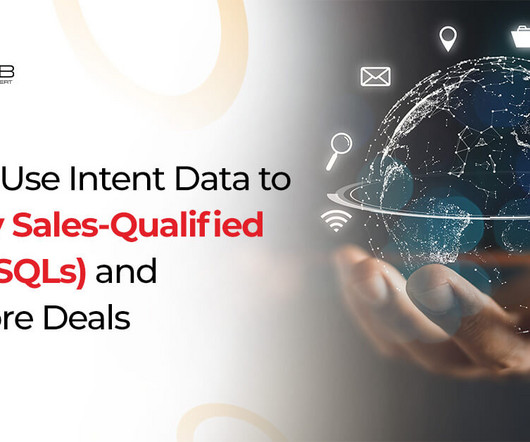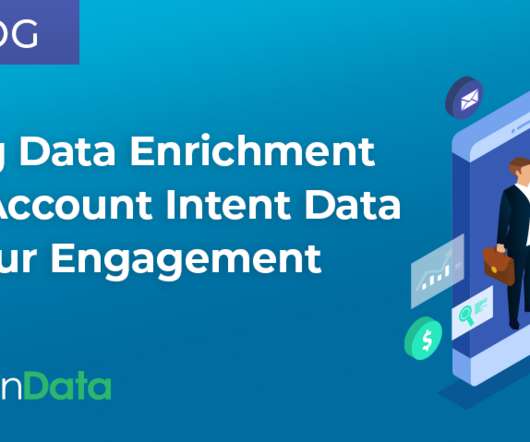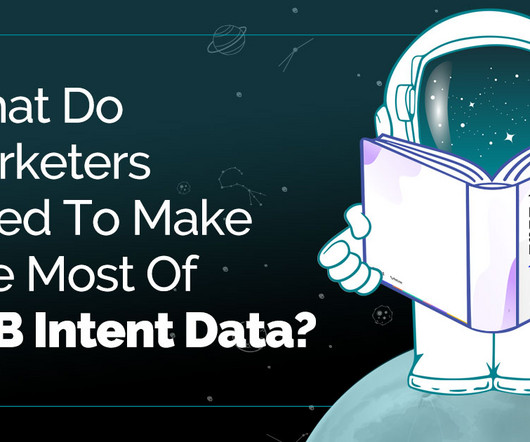Let Search Intent Lead the Way: 6 Intent Data Use Cases
DealSignal
MARCH 2, 2024
From designing high-level marketing strategies to email campaign personalization and prospecting, intent data offers you crucial insights every step of the way. Table of Contents [Open] [Close] What is Intent Data? Intent Data Use Cases 1. Defining your ideal customer profile and optimizing targeting 2. Email campaigns 4.


















Let's personalize your content